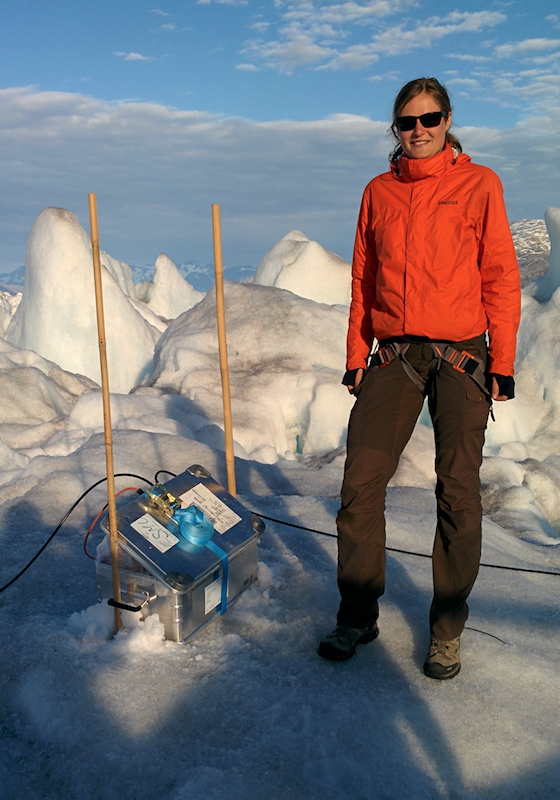I study physical processes in polar regions. I use modeling, observational, and data-analysis approaches to understand interactions between ice sheets and the ocean.
While at the Los Alamos National Laboratory, I developed the Energy Exascale Earth System Model and used it to study the role of freshwater fluxes from Antarctica on ice-shelf melt rates and on the Southern Ocean hydrography.
While at the British Antarctic Survey, I worked primarily with ApRES (phase-sensitive radar) measurements from Antarctic ice shelves. ApRES is deployed at the ice-shelf surface and operates autonomously year-round. It monitors displacement of internal ice reflectors as well as changes in position of the ice shelf base which is in contact with the ocean. These data contain information about physical processes at the ice-shelf base, such as melting, and about the ice dynamics. A unique feature of this technique is that it allows the detection and study of temporal variability of these processes. Apart from detecting basal melt rate, which ApRES was originally designed for, this project has lead me towards new interests, such as mesoscale dynamics, ice-shelf tidal dynamics, basal melting and freezing processes, and frazil ice dynamics.
ApRES-derived basal melt observations are essential for model validation and I am participating in a working group that coordinates NECKLACE, an international effort to monitor basal melting beneath Antarctic ice shelves.
During my PhD I studied Greenland's glacier fjords. The inspiration for the projects I have researched came from annual field campaigns, and mostly combined observations with models. However, one of my favorite projects was purely modeling and it was concerned with developing an ice mélange model.

